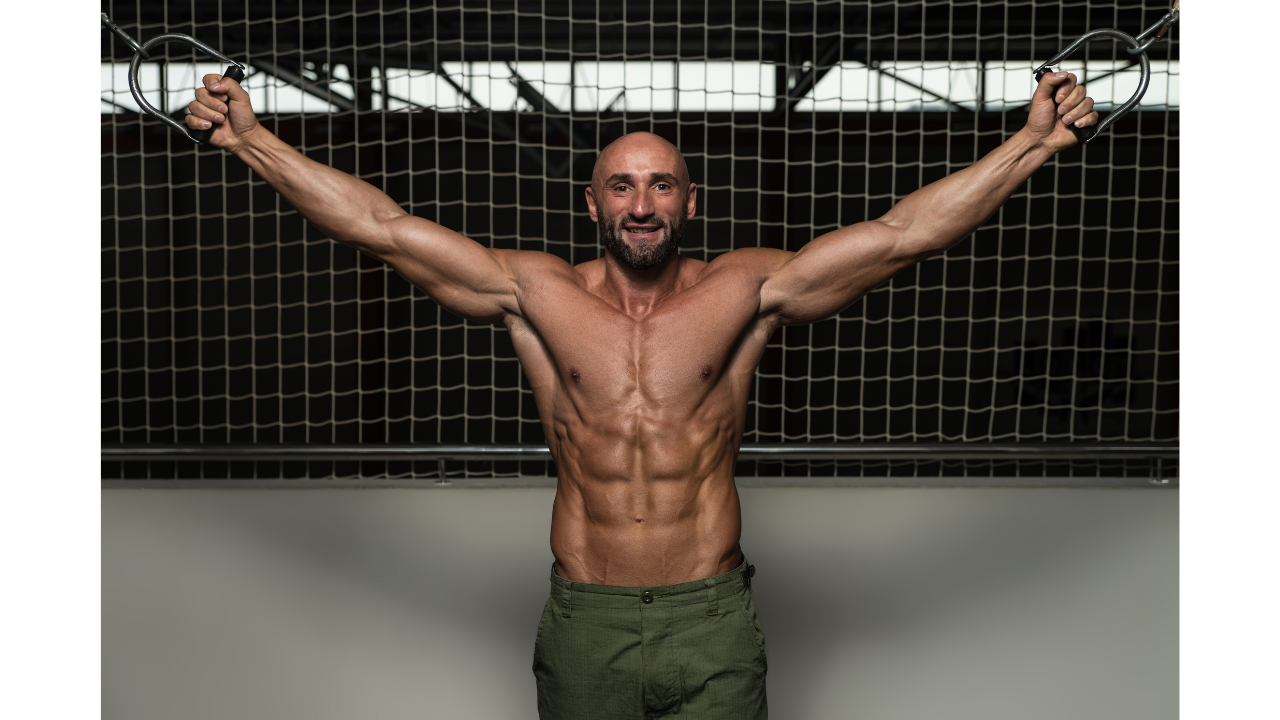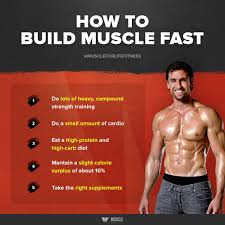
You will need to gradually increase the weight and reps of your strength training program over the 12 weeks. Begin at the lowest rep range, increasing one or two sets per week. The intensity of your workout will increase if you can lift more weight than you are currently using.
Level 1
The first stage of a 12-week strength coaching program focuses upon fundamental strength training as well as proper movement patterns. It's designed to give you a solid foundation for advanced lifts. You'll learn new movements in this phase and have the chance to lift more weight. The exercises in this phase should be done two to four days a week, although more days are more beneficial.
A decompression circuit, which includes both static stretches and dynamic stretches, will be performed at the end each training session. This circuit helps the body recover from intense training and improves mobility. This circuit takes approximately five minutes and allows the body time to adjust to the world outside of the gym.

Tracking your macronutrients
Tracking your macronutrients is essential for building muscle and losing fat. It is possible to adjust your diet to optimize your training results by knowing how many calories you are consuming and how much of each. You can also track your macronutrients to see if your macro diet meets your daily nutritional needs.
Although it may seem daunting at first, you can track your macronutrients to make things easier. Consider how much food you eat per day. Ideally, you should be eating about 2,640 calories per day. This is roughly 10% more than your daily calorie intake.
Exercises for building strength
There are many things to keep in mind while performing strength training exercises. It is important to keep your workouts running smoothly that you have a 30- to 60 second rest period between sets. Intermediate lifters can opt for a longer rest interval, but may also want to add a few seconds between sets if they need to push themselves even further. Alternating workouts A with B during the first week of a 12-week strength-training program is a great idea.
The squat, one of the most fundamental exercises that you can do to build strength, is a great exercise. This exercise targets the glutes and hamstrings as well as your shoulders. For a good workout, perform at least 1-3 sets with eight to twelve repetitions. The plank is another exercise that can help build strength. This exercise is great for strengthening your back and chest.

Progress pictures
You can track your progress by taking progress photos if you're following a 12-week strength-training program. You need to take progress shots. Here are some tips. First, choose a time that is convenient for you to take progress photos. Secondly, find a full-length mirror and make sure that the lighting is good. Third, ensure you have the same outfit each time that you take a progress photograph. You should also try different poses like flexing and relaxing.
Taking progress photos is the first step to documenting your fitness journey. Take your first set and continue with the next four weeks. The ideal scenario is to take your photos at the same hour of the day, in the exact outfit, and from the same angle. By doing this, you can compare the photos side to side to see how much has changed. This can help to keep you on track and motivate you.
FAQ
How do I get started with Fitness?
Start small. You can start by taking 10 minutes each week to walk around the block. This will teach you the basics of movement and give your muscles time for adaptation. You can then add more steps into your daily exercise routine once you have learned this simple form.
How many hours should I sleep each night?
The amount of sleep that is recommended for each individual depends on their age, gender and needs. Adults need between 7 to 9 hours sleep each night. Teenagers and young children generally need around 10 hours of sleep each night. This number decreases as they age.
Is exercise good for me?
Yes. Regular exercise can help you shed extra calories and lose weight. Exercise also helps keep your metabolism up, so you continue to burn calories even when you aren't exercising.
What are Resistance Training Exercises?
Resistance training is performed with weights and other objects. For example, lifting weights strengthens your arms, shoulders, chest, back, legs, and core. Resistance training improves muscle mass, bone density and overall strength.
Is it necessary to eat before exercising?
No. It doesn't matter what you eat before going to the gym. You might be hungry after a workout, so you may want to snack on fruit or yogurt.
Statistics
- One study showed that adults who watch more than 4 hours of television daily had an 80% higher risk of death from cardiovascular disease. (heart.org)
- Physical activity confers the following maternal and fetal health benefits: a decreased risk of pre-eclampsia, gestational hypertension, gestational diabetes (for example, 30% reduction in risk) (who.int)
- An estimated 110,000 deaths per year could be prevented (cdc.gov)
- According to the Centers for Disease Control and Prevention, chronic diseases cause 7 out of 10 deaths in the U.S., and treating chronic diseases accounts for 86% of U.S. healthcare costs. (mana.md)
External Links
How To
How to stay fit at 40
This article provides guidance for people who want to keep their bodies strong and healthy, even after turning 40. It includes basic advice on how you can eat right, exercise regularly, get enough sleep, and take good care of your mind. This article contains tips and tricks to live longer, healthier lives.
-
Eat Right - The first thing you should do when trying to stay fit is to ensure you're eating the right foods. Avoid processed foods and opt instead for whole grains, fruits and vegetables, lean meats and fish, as well as nuts, seeds and beans. Don't be afraid to change your diet if the food you are eating is not what you prefer. You don't have to eat a lot. This won't help you lose any weight. Instead, start adding small amounts of new things into your daily meals. If you eat chicken breast most of the time, try turkey one week. Or if you love pasta, try rice occasionally. Consider including these foods in your daily meals.
-
Exercise - When exercising, make sure you work out at least three times a week. Include cardio activities such walking, running swimming biking, cycling, and dancing. Make sure to get enough rest. Aim to sleep 8 hours per night. It is important to drink enough water throughout each day. You should aim to consume 2 liters (0.5 Gallons) of water per day.
-
Sleep well - A good night's sleep is key to staying healthy. The National Sleep Foundation estimates that adults need to get 7-8 hours sleep each night to achieve optimal physical and psychological health. Most people get less than 6 hours sleep each night. If you find that you are constantly tired throughout the day, try making adjustments to your sleeping habits. It is possible to catch up by making adjustments to your sleep schedule, such as waking up earlier or going to bed later. Also, you might want to turn off your phone before bed in order to relax and wind down. Avoid caffeine after noon, as it can cause sleeplessness.
-
Take Care of Your Mental Health. Taking care of yourself is key to maintaining a healthy body. Stress can lead you to make poor choices in food and lifestyle choices. Meditation, yoga, breathing exercises and relaxation techniques are all good stress management tools. One hour of your time should be spent doing something enjoyable. This could include taking a walk outdoors, reading a novel, listening or watching TV, and playing sports.
These four steps will ensure you live longer. These are simple steps that will help you reach your fitness goals.